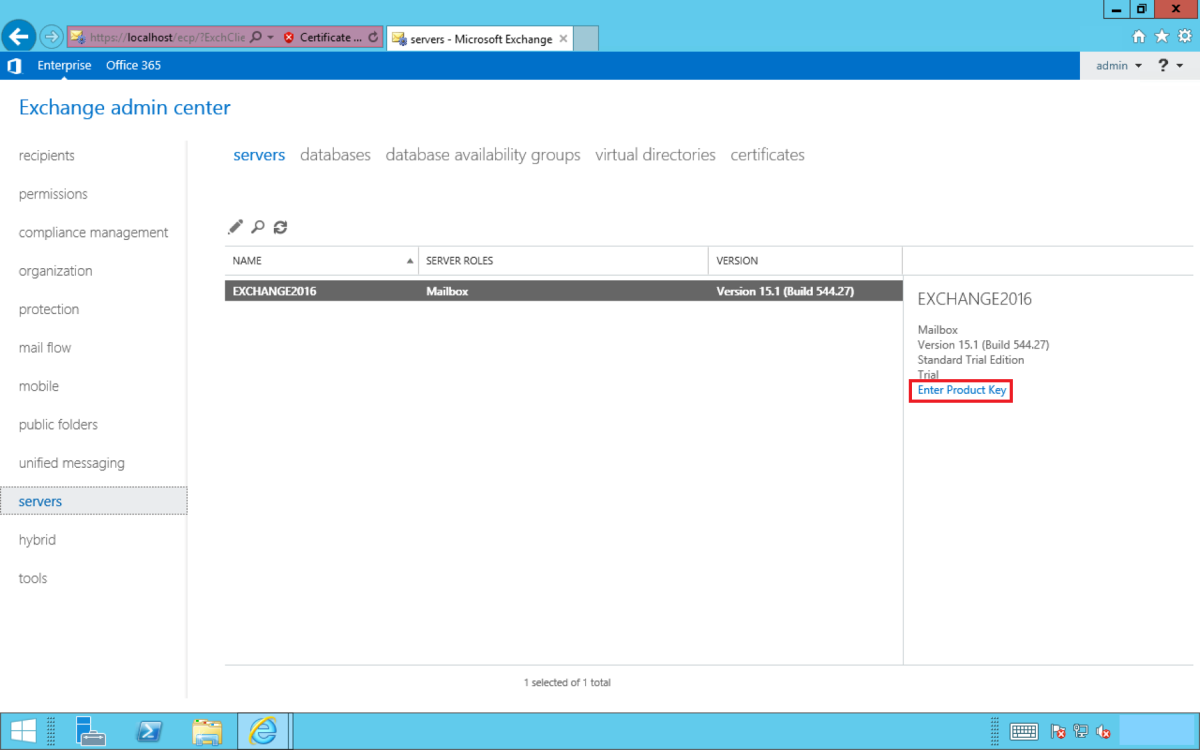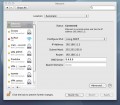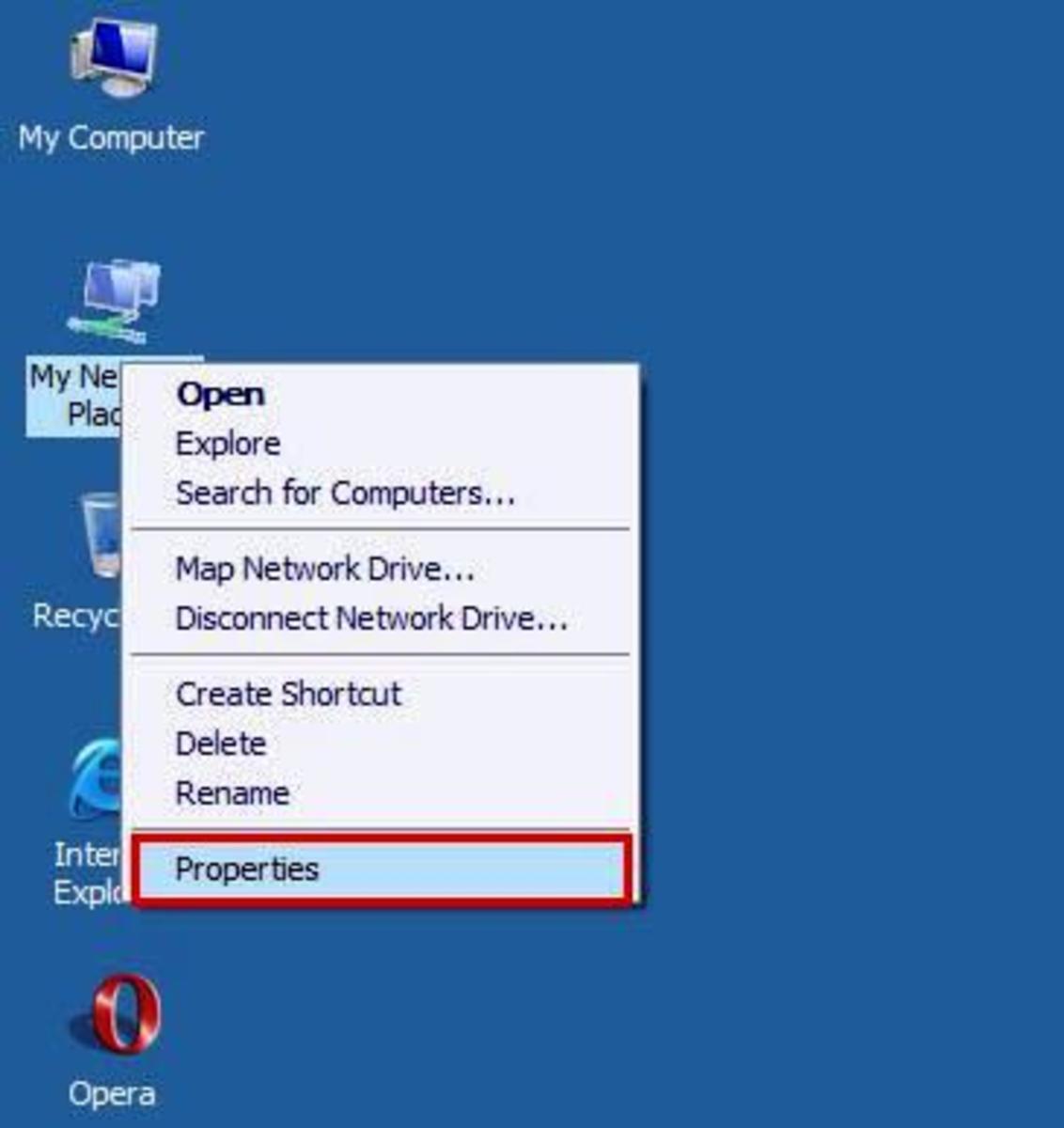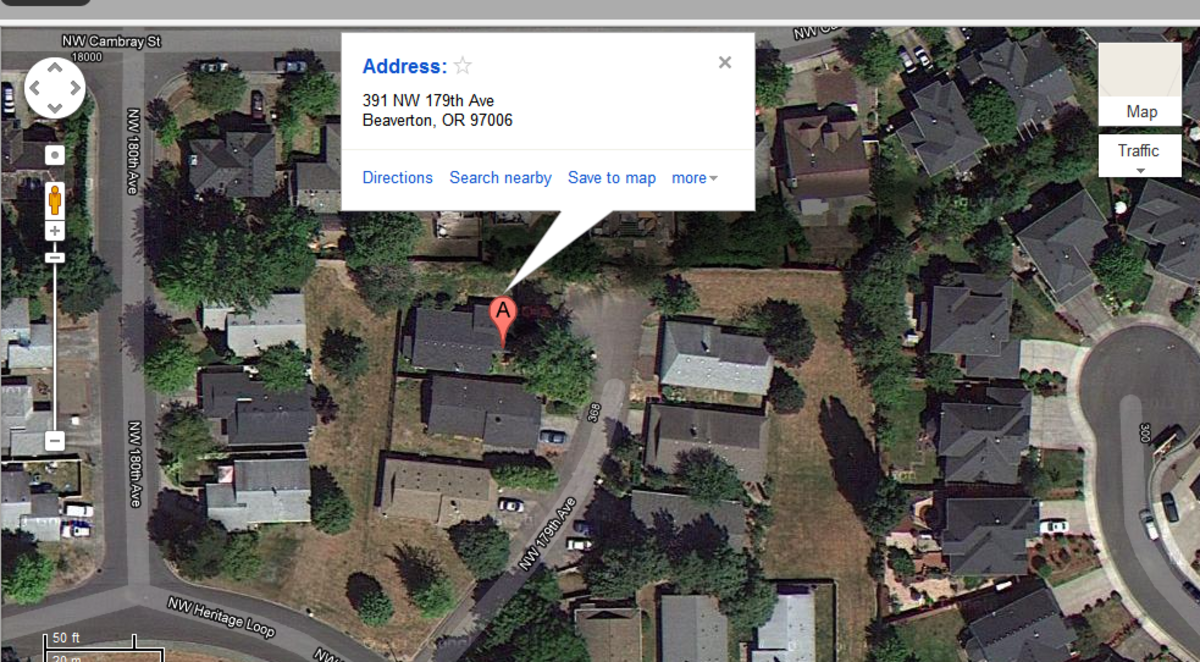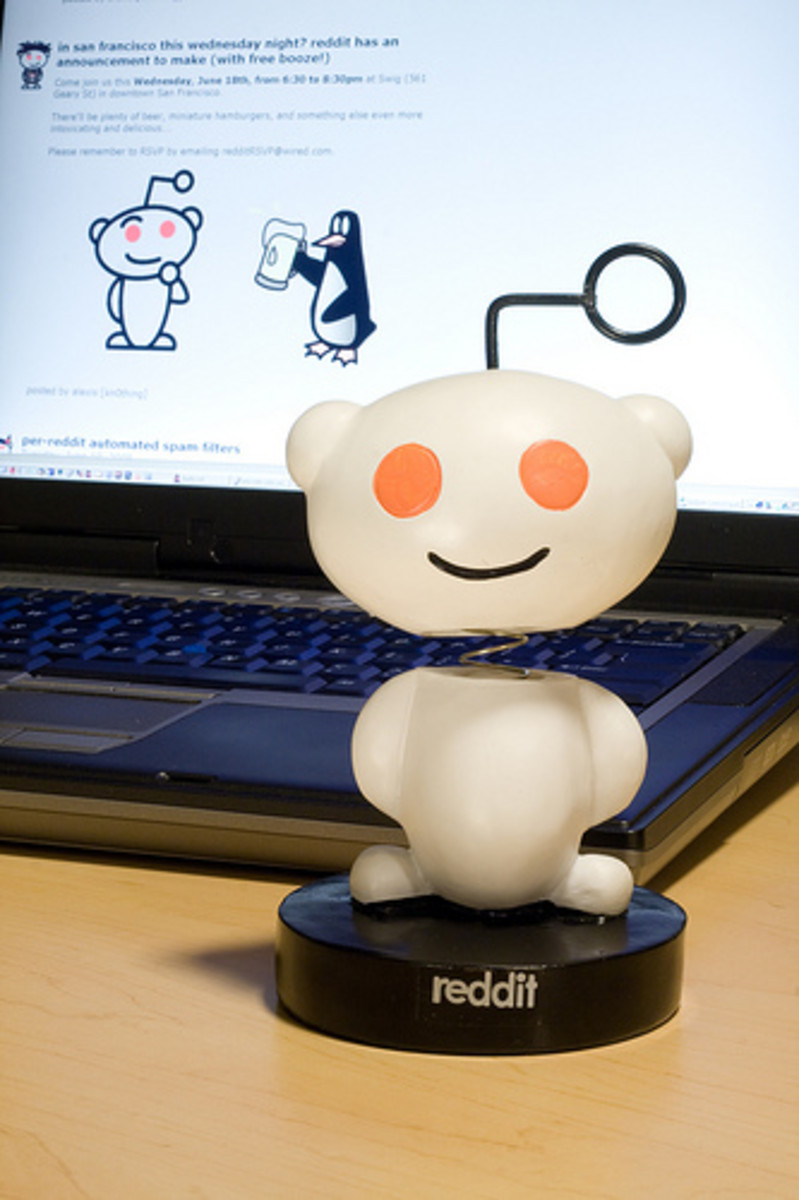How Computer Connects to Internet
Aside from the monthly internet bill and the router you got from your ISP, have you ever wondered how your computer connects to the internet? When you type in the address www.google.com or www.facebook.com in your web browser, do you have any clue on what’s happening in the background before the webpage actually displays on your computer? This article provides an easy to understand explanation on how computers connect to the World Wide Web.

DHCP server – is responsible for assigning IP address to your computer. There is no way you can communicate outside without an IP address. IP address is similar to your home address… it points other people to your location in a particular street, county, city, country, or continent so that they can reach you. This is the simplest analogy. There are other functions that DHCP performs but for simplicity, this is the only thing you should keep in mind.
DNS server – is responsible for name resolution. Computers communicate using IP address which is composed of segments of numbers like 66.249.81.104. It is not easy for people to remember an IP address that’s why the 66.249.81.104 has a corresponding name… www.google.com. The DNS server will be the one to resolve the www.google.com to its corresponding IP address 66.249.81.104.
Internet address works in a hierarchy. See an example of hierarchy below with www.google.com which is resolved from left to right.
www – is the name of the web server from Google
google – is the name of the second-level domain
com – is the name of the top-level domain
It means that the company Google provided credit card and other information to .com top-level domain to be able to create google.com. The web server name “www” belongs to the domain “google.com”. Some big organizations normally have several child domains like www.buzzters.blogspot.com. It means that the web server named “www” belongs to a child domain “buzzters” which belongs to a parent domain or second-level domain “blogspot” which belongs to top-level domain .com.
The .com top level domain is run by Network Solutions so if you need to create your own domain under .com, you need to contact Network Solutions. Other top-level domain includes .org, .net, .us (USA), .uk (United Kingdom), .ph (Philippines), or .ca (Canada).
There’s another domain where .com or .us or .ph gets permission to create its names… the “.” (dot) which is called the root domain. It is originally owned by US government but was moved to a non-profit group Internet Corporation for Assigned Names and Numbers or ICANN. This means that Network Solutions provided credit card and other information to ICANN to be able to create .com top-level domain. The root domain has 13 DNS servers that contain the IP addresses of the top-level domains.
One of the most important information that Google provided to Network Solutions when google.com was created is the IP address of google. So .com knows the IP address of “google” and other second-level domains like yahoo or facebook. And google knows the IP address of the web server “www” in this case. So here’s what happens:
- When you type in the address www.google.com in your web browser, your computer needs to resolve the name to IP address first before it can communicate with Google server and download the requested web page.
- So your computer needs to ask your DNS server for the IP address of the web server named “www”.
- Your DNS knows that the IP address of “www” can be found from “google” domain which is the second-level domain of “com” top-level domain which is a subdomain of the root domain (.) dot. This is not a dead end because every DNS server has a list of all the IP addresses of the 13 DNS servers of the root domains.
- Your computer now asks one of the DNS servers of the root domain for the IP address of the DNS server of the .com domain. The DNS server of the .com domain will then provide the IP address of “google” domain. Finally, the “google” domain’s DNS server can provide the IP address of the web server named “www”.
- When the IP address of the web server “www” from Google is determined, they can communicate directly and start downloading web pages as you request them.
All these happen in speed of light and you didn’t even notice the countless processes and protocols used just to be able to bring up the web page on your computer.
Related Topic:
- Make Money Online with Referral Programs from Revenue Sharing Sites
There are revenue sharing sites like Info Barrel and HubPages that allows you to earn money through referral programs. They give you certain percentage of the advertisement earnings of the writers who sign... - Print Wirelessly from Portable Devices using Bluetooth
Bluetooth wireless technology allows you to print straight from your iPhone, PDA, or other portable devices for a total wireless freedom! Often times you take photos using your iPhone or other portable... - How to Configure Linksys Wireless Router
Linksys is a product of CISCO the leading company named for Network Products. One of the most reliable and cheapest SOHO router with high performance. Linksys router normally comes with the following... - Setting up a router for DSL internet
First of all I would like to thank you all who visited this hub. I just want to share to all you readers this information on how to install your newly bought router to work with your DSL service (It...

